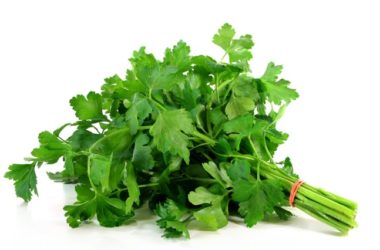Sweet, sour, salty, bitter — we are all aware of these four tastes. Did you know that there’s actually a fifth one? It’s called umami, which is a Japanese word that means “pleasant savory taste” in English. You may not know it, but you have been eating lots of foods that naturally contains this fifth taste!
Umami is actually something new compared to the other tastes that humans are able to readily identify since the beginning of time. Actually, it was just back in 1908 when the word “umami” was first used. It was coined by a Japanese chemist who was bent on pinpointing that yet-to-be discovered and named taste humans are drawn too.
So what is umami? Basically, it’s a taste that is provided by glutamate, which is actually a type of amino acid that is found naturally in foods — with some of them containing more of it than the rest, or the combination of certain ones boosting the delightful effect on the taste buds.
Does the word “glutamate” ring a bell? Here’s a hint: MSG, which is short for monosodium glutamate. The difference between glutamate in food and MSG that you can buy in sachets or small bottles at the supermarket is glutamate naturally exists in food while MSG is the commercially-produced version of it.
To date, there are opposing opinions on MSG health-wise. Since its use helps improve the taste of food, it can be employed for increasing the appetite of malnourished kids, the elderly and sick people who can definitely benefit from all the nutrients they can get from foods served in front of them.
On the other hand, some experts say that MSG is a flavor enhancer that can come with all sorts of cons. For instance, some people tend to develop unfavorable reactions to MSG — it’s the one blamed for the so-called Chinese restaurant syndrome which is characterized by headache, shortness of breath and others after the consumption of MSG.
While the real deal on MSG is yet to be established, it’s a good idea to limit your consumption of MSG. So what if you want to dodge the use of it but you want to enjoy that fifth taste? All you have to do is cook your food. For instance, raw meat, when cooked, releases glutamate which is the root source of umami.
Scientists also say that slow-cooking food also helps bring out their umami tastes. After all, the Japanese chemist who invented MSG was able to discover the elusive glutamate by zooming in on dashi — a stock or soup that’s staple in Japanese cooking. Stocks and soups are all slow cooked!
Fermented foods are also said to be rich in that umami flavor. As you can see, you can indulge in that fifth taste even without adding a dash of MSG to your culinary masterpieces. In order to make sure that everything you serve on the table will boast of umami, count on these glutamate-containing foods:
- Beef. Experts say that umami is to blame why many can’t say no to hamburgers.
- Pork. Wondering why bacon is so irresistible? Umami is the culprit.
- Tuna. Compared to the above, tuna is low in cholesterol and saturated fat but high in umami.
- Sea foods. Other treats from the sea that pack umami are shrimps and various shellfish.
- Mushrooms. For vegans who can’t eat meat but want umami in their life, mushrooms are the answers.
- Soybeans. Especially fermented soy-based food products are rich in that fifth taste.
- Tomatoes. Adding anything tomato-based like ketchup to any treat can make it boasting with umami.
- Cheese. Of all the cheeses on the planet, parmesan is said to pack the most umami flavor.
- Potatoes. Baked, fried, boiled or mashed, experts say that there’s umami present in spuds.
- Carrots. Aside from vitamin A, there’s also umami found in carrots.













